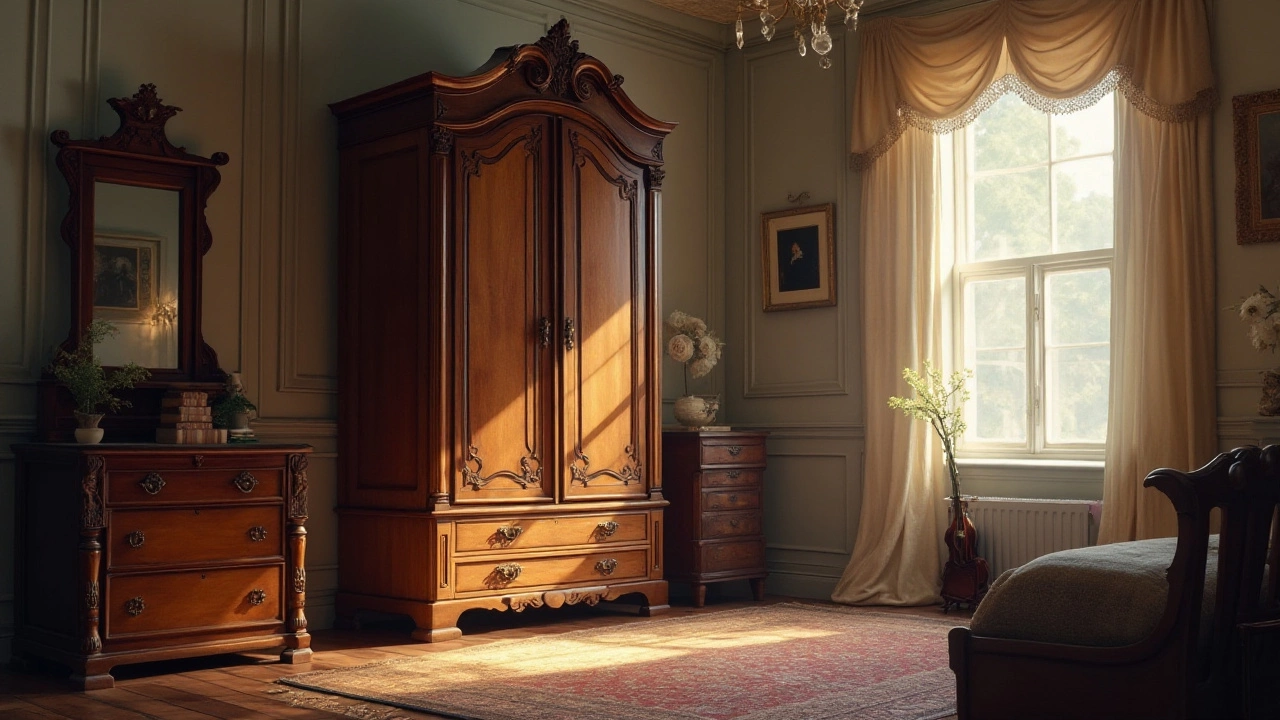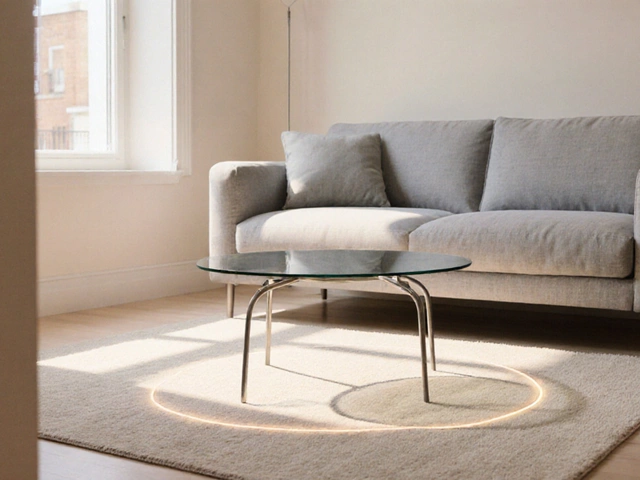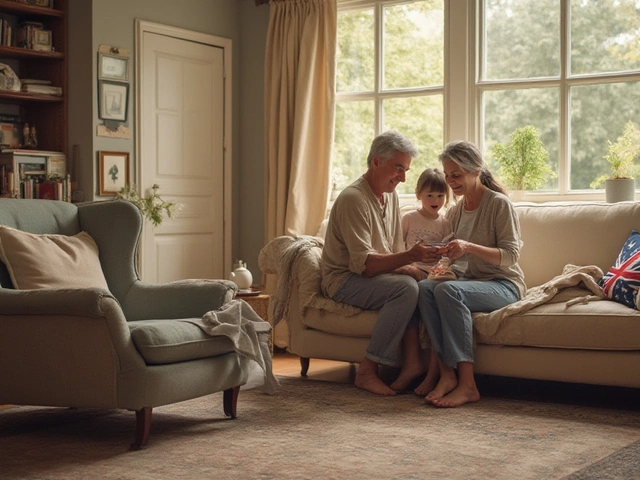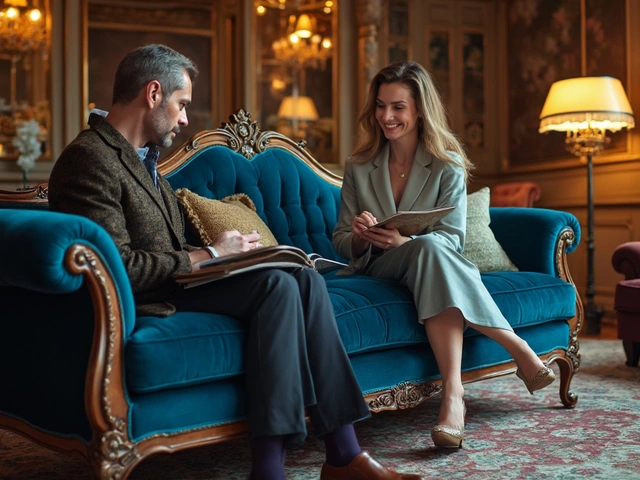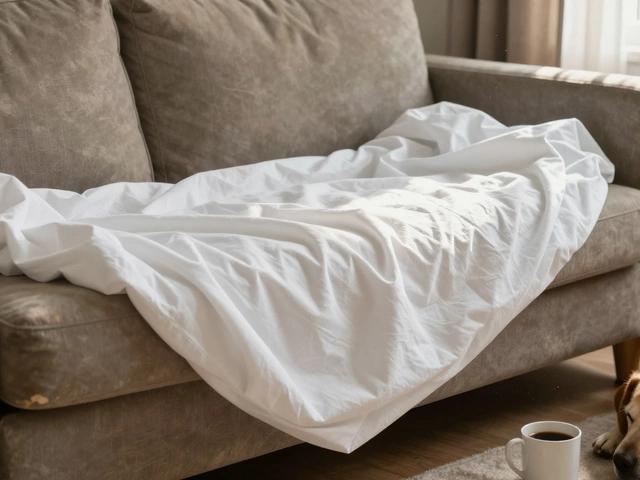Antique Wardrobes: Why They Still Matter
If you love a room that feels lived‑in and stylish, an antique wardrobe might be the first thing you think of. These pieces bring character, solid wood, and a story you can’t get from a mass‑produced closet. But before you rush to a market or an online shop, there are a few things to sort out: what makes a wardrobe truly antique, how it fits your space, and how to keep it looking good for years.
Spotting a Real Antique Wardrobe
First, check the age. Most antiques are at least 50 years old. Look for hand‑carved details, dovetail joints, and hardware that isn’t plastic. Patina – the natural wear on the wood – is a good sign, but be careful of heavy scratches that might mean the piece is damaged beyond repair.
Second, think about the style. Victorian wardrobes often have tall, narrow doors with brass pulls. Edwardian pieces tend to be lighter, with simpler lines. Knowing the era helps you match the wardrobe to your room’s vibe and avoid a clash.
Choosing the Right Size and Layout
Measure your space twice. Antique wardrobes can be deep, so make sure you still have room to move around. If you have a small bedroom, a tall but narrow armoire works better than a bulky chest. Remember, the wardrobe isn’t just a storage box – it can double as a room divider, a place to display a mirror, or a spot for a desk on top.
When planning the interior, think about what you’ll store. Hanging rods for coats, shelves for sweaters, and a small drawer for accessories are common layouts. Some owners add hanging rails or extra shelves later, but it’s easier to choose a piece that already fits your needs.
Now, a quick look at related articles on our site can help you fine‑tune your decision. Our "Wardrobe vs Armoire: Differences, Dimensions, and How to Choose" guide breaks down the size and style differences you’ll face. And if you’re still unsure whether a wardrobe or a closet works better, the "Wardrobe vs Closet: Differences, Benefits, and Which One Fits Your Space" post walks you through the pros and cons of each.
Keeping an antique wardrobe looking fresh doesn’t have to be a nightmare. Dust it regularly with a soft cloth – no harsh chemicals. For scratches, a bit of wax or a natural wood polish can bring back the shine without hiding the grain. If the finish has worn off, a light sanding followed by a matching stain will restore its original look.Finally, think about placement. Avoid direct sunlight, which can fade the wood, and keep the piece away from damp walls to stop warping. A well‑ventilated room is best, especially if the wardrobe has a solid wood frame.
Antique wardrobes aren’t just furniture; they’re a piece of history that can anchor a room’s design. With the right knowledge, you’ll pick a piece that fits your style, lasts for decades, and maybe even becomes a family heirloom.
